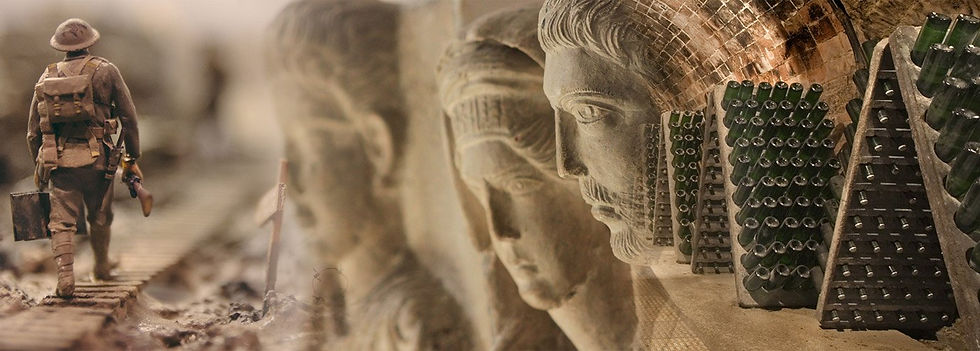
HISTORIC SITES AND MUSEUMS
For history lovers, a weekend will probably not be enough to discover all the remains present in the department of Aisne.
Laon Cathedral and its old town medieval Laon
With more than 80 listed historical monuments, the medieval city of Laon, located 15 minutes from the guest rooms La Besace, perched on a witness hill, is home to one of the largest protected areas in France. Eight kilometers of ramparts encircle this treasure and give the city its designation of crowned mountain. Notre-Dame de Laon Cathedral, the most beautiful jewel in this crown, is visible for miles around. Laon invites you to walk and discover more than six centuries of history.
Reims Cathedral and its Champagne Cellars
Reims is located in the Marne department in the Alsace-Champagne-Ardenne-Lorraine region. It is a very touristic city steeped in history which requires a lot of energy to discover and explore it. La Besace, bed and breakfast and table within 30min by car offers the opportunity to rest in peace and relaxation after a long day of walking and to taste the superb cuisine of the hostess for dinner. The city is nicknamed "the city of coronations" or "the city of kings". Indeed, it is on the future site of Notre-Dame de Reims that Clovis was baptized by Saint Remi and that a large number of kings of France were consecrated for more than ten centuries. Another attraction is obviously champagne, invented in the 17th century by Dom Pérignon at the Hautvillers monastery near Épernay, which constitutes one of the historical assets of the Reims economy.
California Plateau
The Plateau de Californie in the heart of Chemin des Dames is, like Verdun, an emblematic site of the First World War. The California plateau, above the ancient village of Craonne, was a place to stroll and relax. Today's walkers will be able to see the remains of trenches and shell craters on the marked paths. Panoramic views over the Aisne valley today dot the plateau.
Vauclair Abbey
Cistercian abbey founded in 1134, it was transformed into a farm after the sale as national property in 1791 and until the war of 14-18. Destroyed by French artillery in April 1917, only ruins remain today. In this exceptional site, a garden of medicinal plants (more than 400 plants) has been successively developed, then a conservatory orchard.
